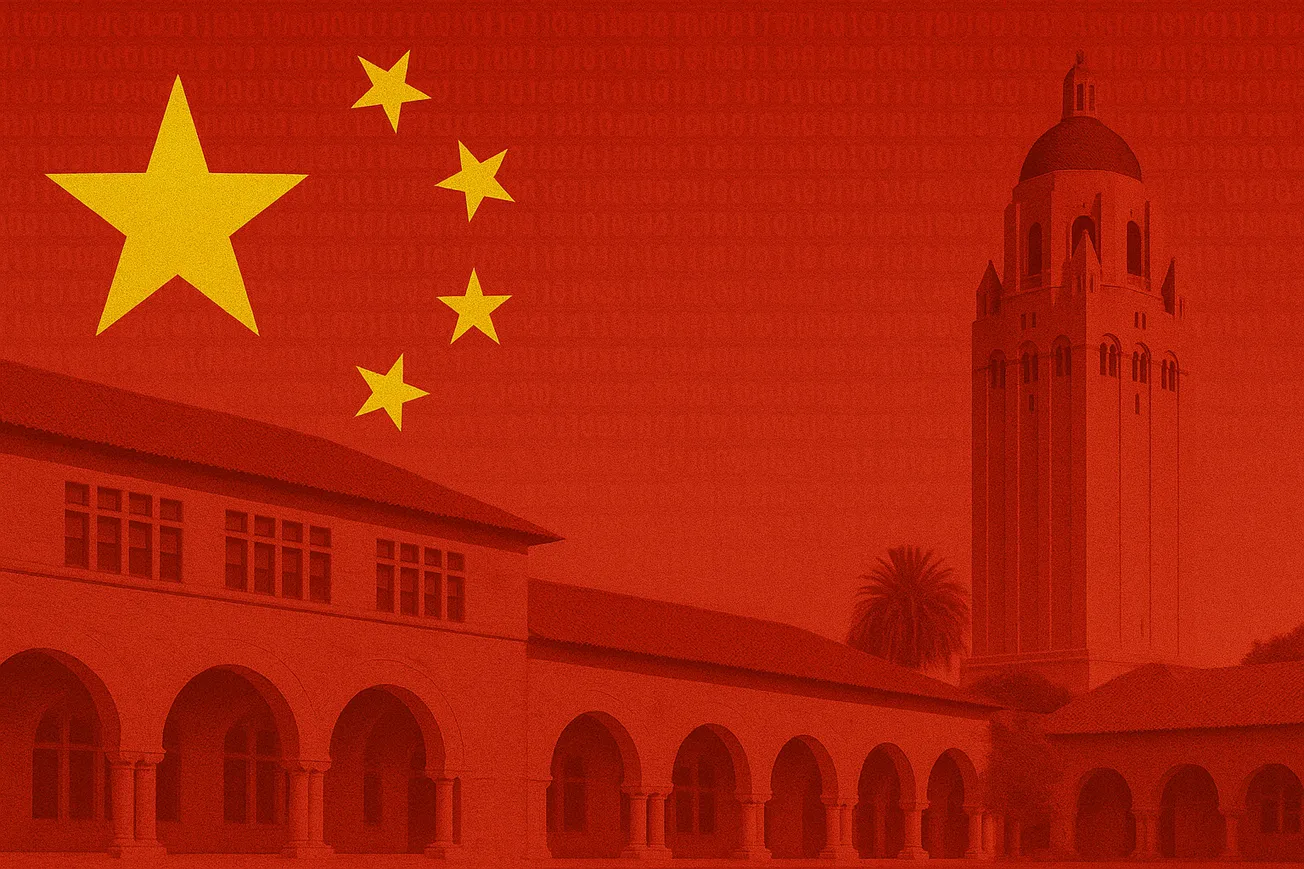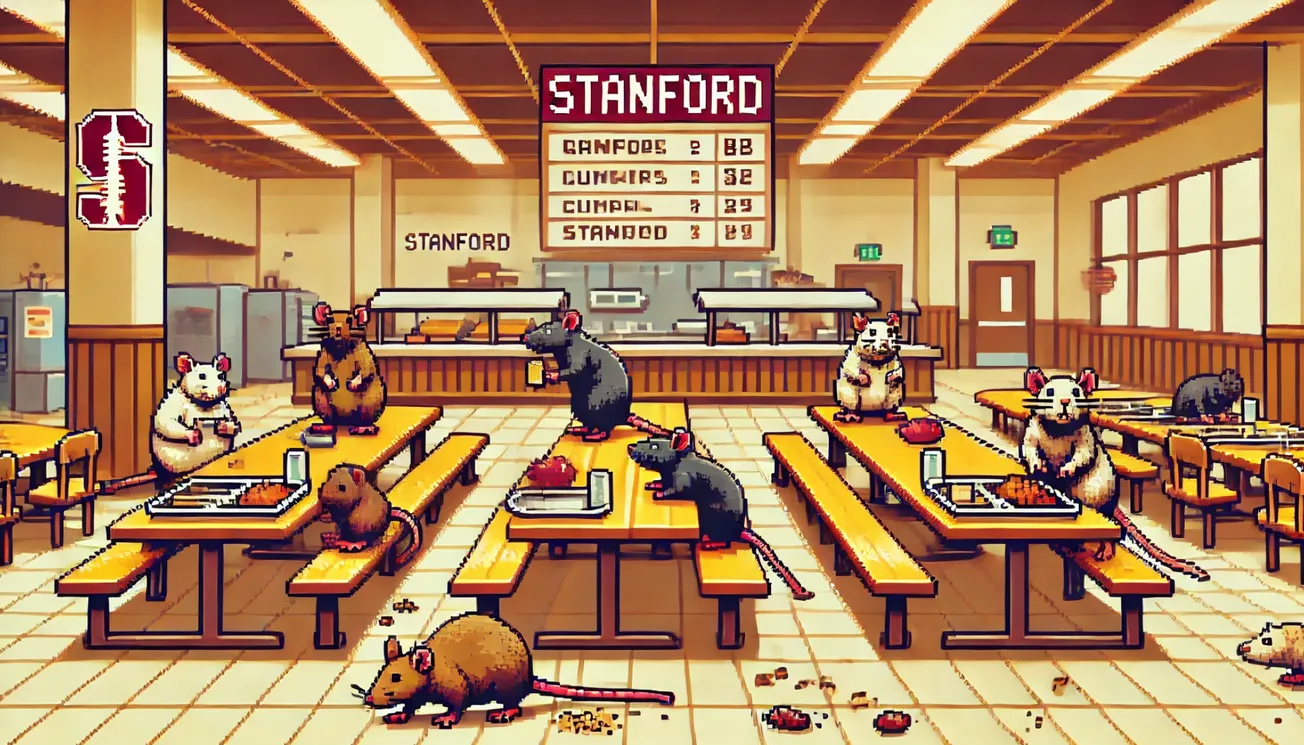Table of Contents
Warning: sexually explicit content. Do not continue reading this article if you are under 18.
For the first week of October, Stanford School of Medicine’s Lane Library will host a series of activities in honor of “Banned Books Week.” As a part of the festivities, the School of Medicine purchased the American Library Association’s (ALA) “Top 13 Most Challenged Books of 2022”.
For the past few years, however, parents and administrators have raised concerns about this list of books, claiming that they expose children to inappropriate content. After all, 31% of challenges to ban certain books occur in schools and school libraries—where children often have open access to such books—and the oldest age rating for any given book on the list is 15+.
Yet, despite the immense controversy, the School of Medicine is asking people to champion books from the collection. It seems that Stanford has taken the ALA’s side on this issue: let the kids read banned books.
But what exactly is inside of these books? While the School of Medicine’s page states that bans typically target books “about minority and LGBTQ+ communities,” it of course neglects to share further details. The books on the list aren’t in the vein of To Kill a Mockingbird. Rather, a closer look reveals a swath of inappropriate and sometimes disturbing content—all of which is being implicitly pushed by Stanford.
From descriptions of oral sex (All Boys Aren’t Blue: “He didn’t know I was a virgin, and I did my best to act dominant like my favorite porn star. I was an actor, and this was my movie…. His body felt great in my mouth.”) to encouragement of frequent masturbation (The Absolutely True Diary of a Part-Time Indian: “I spend hours in the bathroom with a magazine that has one thousand naked movie stars. Naked woman + right hand = happy happy joy joy…. If God hadn’t wanted us to masturbate, then God wouldn’t have given us thumbs.”) to explicit instructions on anal sex (“Still, unlike vaginal sex, a little more thought has to go into anal sex, and here’s why: Pre-care:...”), the books espoused by the School of Medicine are chalk full of vulgar and hyper-sexual language.
The listed age ranges for the three books cited above? 14-18, 11-13, and 14-17 years old, respectively.
These quotes merely scratch the surface. The last book in particular contains more explicit content directed toward 14-17 year olds, namely, graphic descriptions of gay men and women’s genitalia, instructions on joining hookup apps, and details about urban sex orgies. The collection’s top challenged book, the graphic novel Gender Queer, listed for 15 year olds, contains sexually explicit imagery:
Another graphic novel in the collection, Flamer, rated for 14 year olds, depicts group masturbation between teenage boys, its target audience.
Moreover, the books being supported by Stanford blur the line between description and approbation. This Book is Gay, for instance, repeatedly pushes the exclusivity and trendiness of homosexual promiscuity onto its (impressionable) readers: “So far, I hope I’ve sold this LBGT* thing pretty well. I mean, it does sound brilliant, doesn’t it? You get to dress how you like and make out with whomever you want. It’s hip and trendy (just as Zachary Quinto, Andreja Pejic, or Angel Haze). You get to be part of an avant-garde subculture with links to art, music, and fashion.” Under the cultural immunity of ‘fluidity’ and ‘experimentation,’ this predatory propaganda has been promoted to suggestible children with an almost fetishistic zeal.
In the 1964 case Jacobellis v. Ohio, Supreme Court Justice Potter Stewart famously defined his threshold for obscenity: “I know it when I see it.” What sets children apart, of course, is their lack of experience with such vulgarity—for now. With the spread of pornography and the sexualization of popular culture, children are being exposed to obscenity at increasingly early ages. This trend is not evidence of openness, but a sign of institutional failure.
Now, Stanford’s students, alumni, and donors have a choice: to be complicit, or not to be complicit. It is on the basis of this decision that our university will either become a force for good or be numbered among the failed institutions of history.









